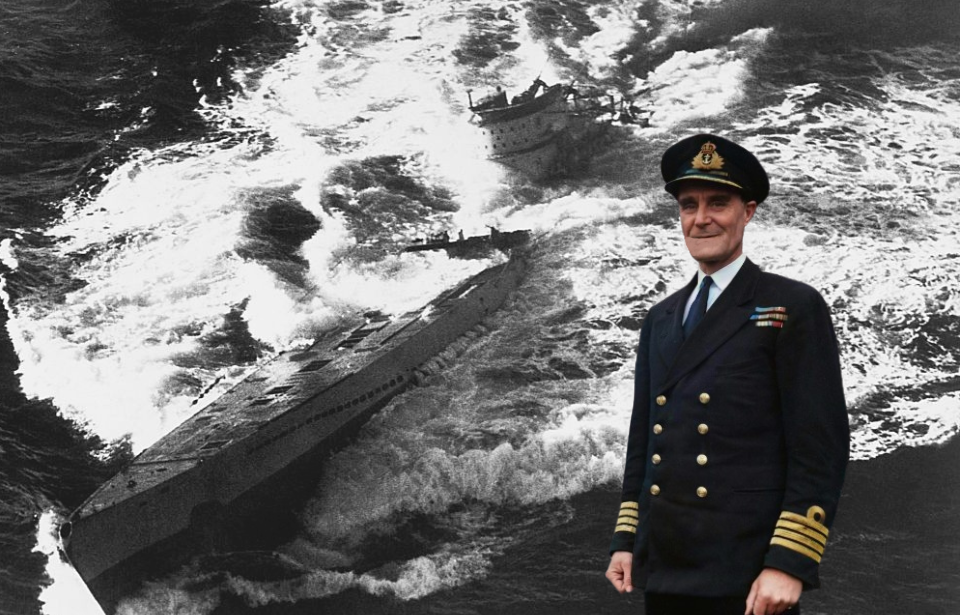Imperative to the success of the British Royal Navy in the Second World War was curbing the nefarious German U-boats that terrorized the Allies throughout the Atlantic Ocean. The submersibles would seek out and attack Allied ships, hunting them in wolfpack formations. British Capt. Frederic John Walker was one of the men tasked with ridding the waters of these menaces, eventually becoming the most successful anti-submarine commander in the Atlantic.
Frederic Walker’s service prior to the Second World War
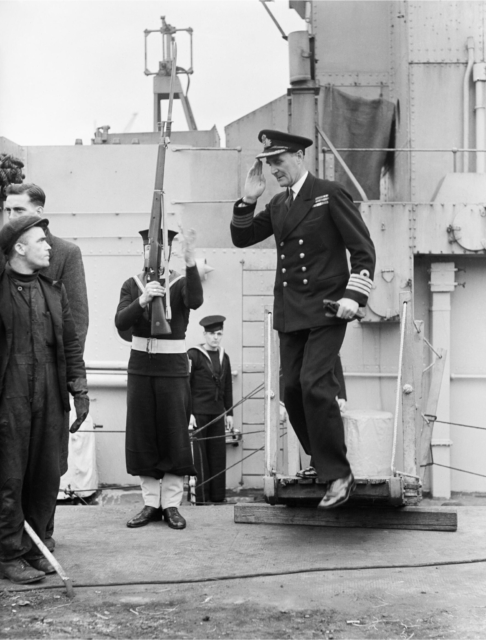
Frederic Walker was born in Plymouth, England on June 3, 1896. In 1909, he joined the Royal Navy, training at both the Britannia Royal Naval College Dartmouth and the Royal Naval College, Osborne. It wasn’t long before he was assigned to the HMS Ajax (1912) as a midshipman. Promoted to sub-lieutenant, he was later transferred to the HMS Mermaid (1898) in 1916 and Sarpedon (1916) the year following her commissioning.
When the First World War came to an end, he was moved to the HMS Valiant (1914), before entering the field of anti-submarine warfare. He completed his early training at HMS Osprey, Portland, and from there moved from ship to ship, honing his skills and becoming a true expert in the field.
Walker was eventually promoted to commander in May 1933, serving aboard the HMS Shikari (D85) and Falmouth (L34).
Joining the fight
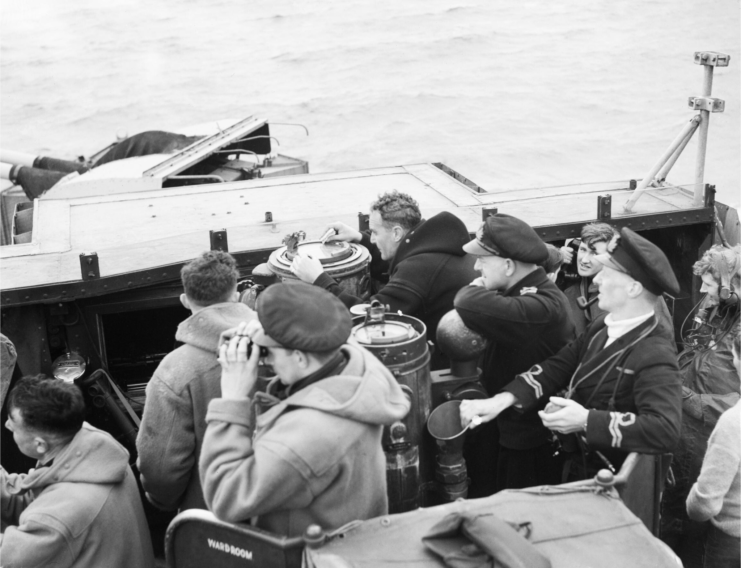
In 1937, Frederic Walker was given the post of experimental commander aboard the HMS Osprey.
Before World War II broke out, Walker’s career had hit a standstill. He was passed over for promotion and set to retire early, despite being just 43 years old. When the United Kingdom entered the conflict, however, everything changed.
He was initially made the operations staff officer to Vice-Adm. Sir Bertram Ramsay. Although a prestigious position, Walker still wasn’t in command of his own ship, even though he was qualified to lead attacks against German U-boats. It wasn’t until two years later that he was given command of the 36th Escort Group (36 EG), tasked with accompanying convoys to Gibraltar. He selected the HMS Stork (L81) as his flagship.
Frederic Walker takes command of the HMS Starling (U66)
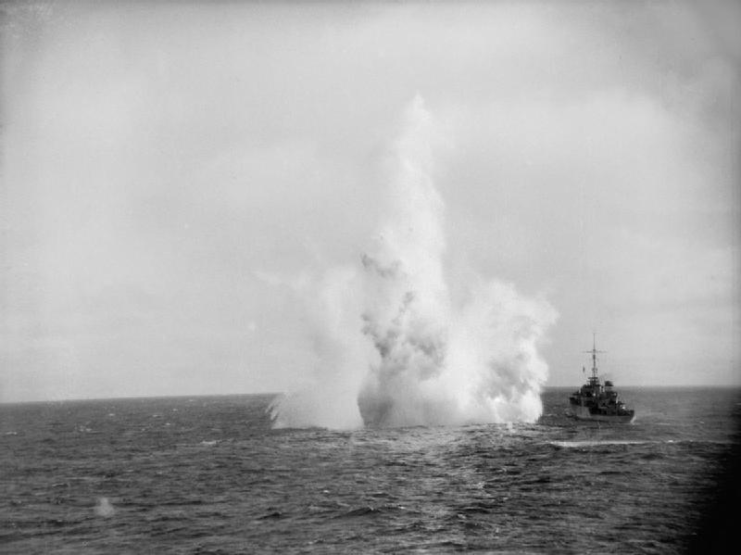
In December 1941, Frederic Walker achieved the first Allied victory during the Battle of the Atlantic when he sank five U-boats attempting to attack his convoy. He personally scored a hit on U-574 with a depth charge, before ramming it with the HMS Stork. The Royal Navy only lost four of their 32 ships in the engagement, and Walker was awarded the Distinguished Service Order (DSO) for his skilled command.
The commander was promoted to captain on June 30, 1942. He later sunk three more U-boats, before taking command of the 2nd Escort Group (2 EG) in 1943. Unlike the 36th, the 2nd didn’t escort convoys. Instead, they were tasked with actively hunting U-boats with the flagship HMS Starling (U66) and six other vessels.
The group was extremely successful, just as Walker anticipated when he’d first pitched the idea. Not only was he an extremely knowledgeable commander, he was also an easy man to follow. Extremely charismatic and slightly eccentric, he would play “A Hunting We Will Go” over his ships’ speakers while sailing throughout the Atlantic.
A series of successes
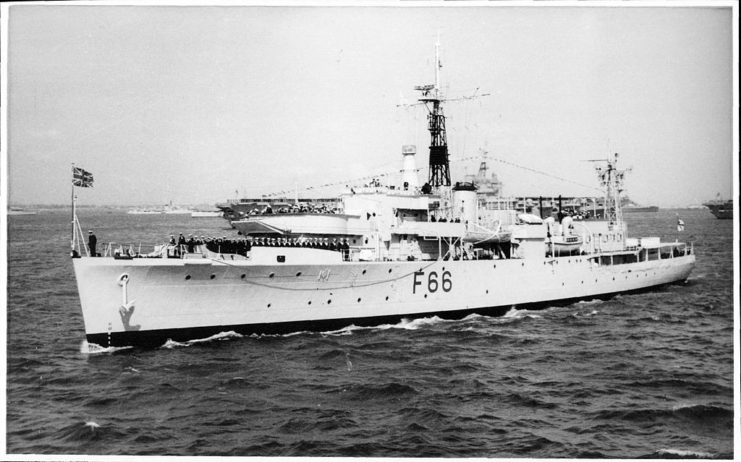
In June 1943, the group made their first kill when Frederic Walker personally took out two U-boats. They continued to experience significant success, using a number of innovative tactics. In particular, the captain would use the naval version of a barrage, lining up his ships while detonating continual depth charges. He coined the maneuver “Operation Plaster.” A secondary tactic forced enemy U-boats to stay below charge depth until they ran out of air. When forced to surface, Walker would strike.
One of the 2nd’s more notable engagements occurred in the Bay of Biscay in July 1943. They received a report from British aircraft that there were three U-boats close by. The entire fleet traveled as quickly as they could in that direction. Allegedly, Walker gave the signal “General Chase,” allowing his men to break formation and pursue the quickly-fleeing submersibles.
Legend has it he was only the third person in the Royal Navy to ever give the command, the first being Sir Francis Drake, followed by Lord Horatio Nelson.
Not only did Walker’s group avidly join the chase, so, too, did other nearby forces, including a Royal Australian Air Force Short Sunderland flying boat, a US Consolidated B-24 Liberator and a Royal Air Force-flown Handley Page Halifax.
Frederic Walker’s final mission
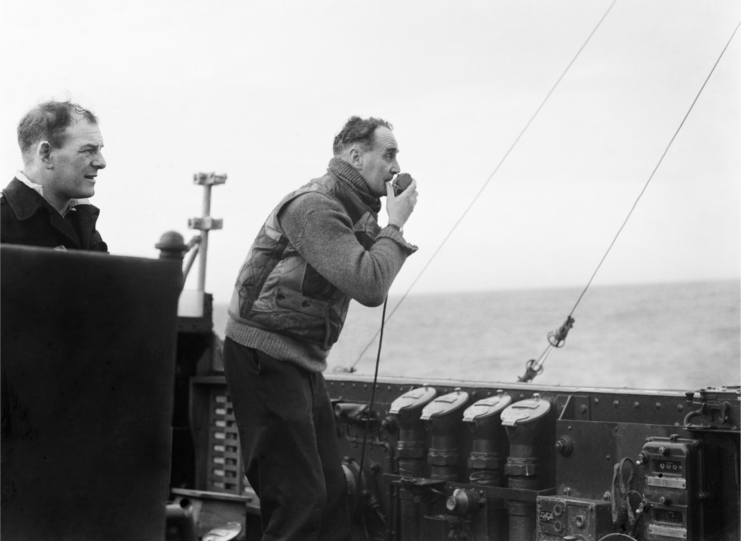
Throughout his service, Frederic Walker was credited with taking out 17 U-boats, 15 of which were shared kills aboard the HMS Starling, making him the most successful anti-submarine commander of the Second World War. Despite his success, he tragically learned that his son was killed in August 1943 when his submarine was sunk in the Mediterranean.
Nonetheless, he continued on.
The final task assigned to Walker and the 2nd was perhaps their most significant yet. They accompanied the Allied fleet during the D-Day landings, to ensure they didn’t come under attack by any U-boats. According to reports, not a single enemy submersible managed to get past the captain and his fleet. Instead, many of them were heavily damaged or sunk at the hands of Walker. For this, he was awarded the third bar for his DSO on June 13, 1944.
Famed destroyer of U-boats
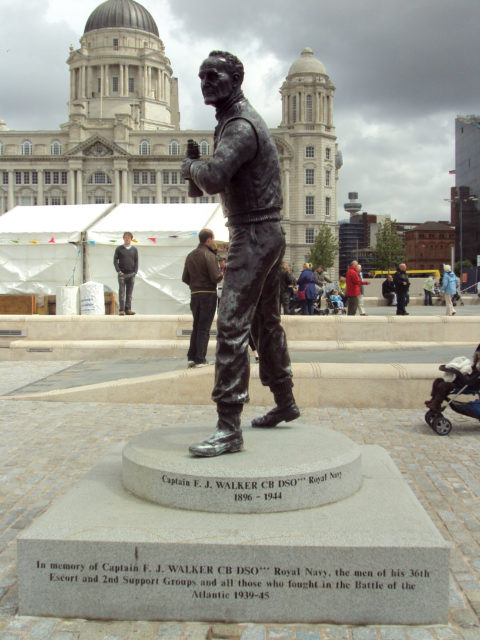
Frederic Walker’s actions didn’t come without repercussions. He was so dedicated to his mission that he took no rest from his duties for an entire two weeks, something commonly considered to have contributed to his death. He was hospitalized for a cerebral thrombosis on July 7, 1944 and passed away two days later. His cause of death was recorded as exhaustion and overwork.
More from us: Was Thomas Dobney the Youngest Bomber Pilot of World War II?
Although he wouldn’t live to see the end of the war, Walker was given a naval procession through the streets of Liverpool and buried with full honors at sea. As the men of the 2nd had already returned to active combat, members of the Royal Canadian Navy made up the bulk of the mourners.
Aside from his memorable legacy, Walker is also honored by a statue built in his likeness at Pier Head, in Liverpool.
